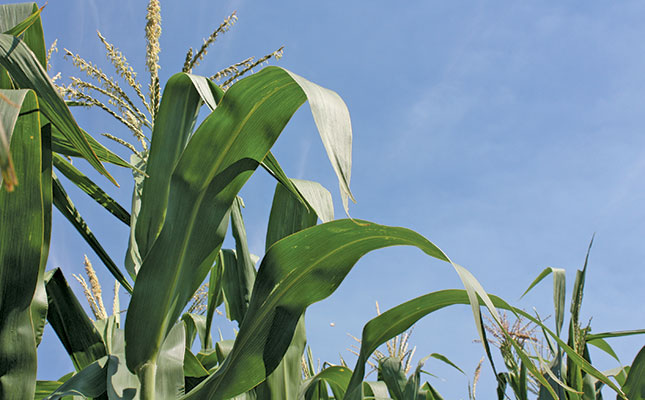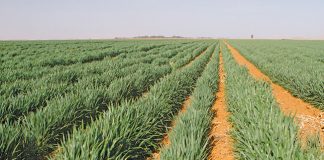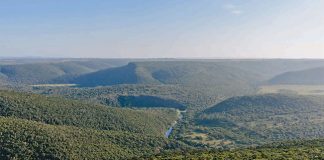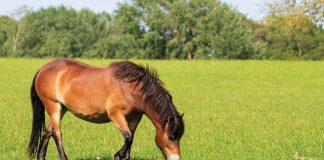
As was expected, due to the effects of the COVID-19 business lockdown, on top of an already ailing economy, GDP fell by just over 16% between the first and second quarters of 2020, giving a negative annualised growth rate of 51%.
As Stats SA explained in a press release, an annualised growth rate shows what growth would be over a full year if the quarter-on-quarter growth rate were to occur four times in succession.
Agriculture performed well. The primary agriculture, forestry and fishing industries, which together account for agriculture GDP as measured by Stats SA, were the only positive contributors to GDP growth, with an increase of 15,1% (again, this is an annualised growth rate) and a contribution of 0,3 of a percentage point to overall GDP.
As many commentators have already pointed out, agriculture’s encouraging performance was due mainly to increased production of field crops and horticultural and animal products, as well as the fact that the sector was one of the least affected by the lockdown restrictions.
The farming sector’s second-quarter performance is a strong signal that this is an industry experiencing a persistent recovery, and as Paul Makube, senior agricultural economist at FNB Agri-Business has said, given that the growth fundamentals that have resulted in the sector’s recovery during the first half of 2020 will most likely remain in place for the next season, agriculture GDP can be expected to maintain the current momentum into the remaining quarters of 2020.
But to put agriculture’s performance in Q1 and Q2 of 2020 into perspective, we have to reflect on how the industry performed over the last five years or more because, although there has been impressive recovery this year, this growth was achieved after two consecutive years of recession for the sector.
In fact, even with the increase in output reflected by the latest GDP results, in real terms agriculture GDP is still below where it was in 2017. In constant 2010 prices (values having been adjusted for inflation), GDP for agriculture was at a five-year low in 2016 (for the period from 2016 to 2020), at a seasonally adjusted and annualised value of R64 billion.
The five-year high occurred in 2017 when agriculture GDP recovered by 21% to a value of R77,8 billion. In 2018 and 2019, agriculture GDP contracted by 4,8% and 6,9% respectively.
At the estimated Q2 2020 seasonally adjusted and annualised GDP output value of R74,4 billion, the sector’s performance is back on par, in real terms, with 2018, but still not back to performance levels achieved in 2017.
This may indicate that the industry is still recovering from the impact of the drought, and should good rainfall occur in 2021, the current growth cycle for the sector might last for another year or two.
However, this will also depend on where commodity and other food prices go. For as long as the rest of the economy remains in turmoil, demand will continue to be under pressure, and this will ultimately put a damper on the degree of recovery that primary agriculture will enjoy over the next couple of years.










